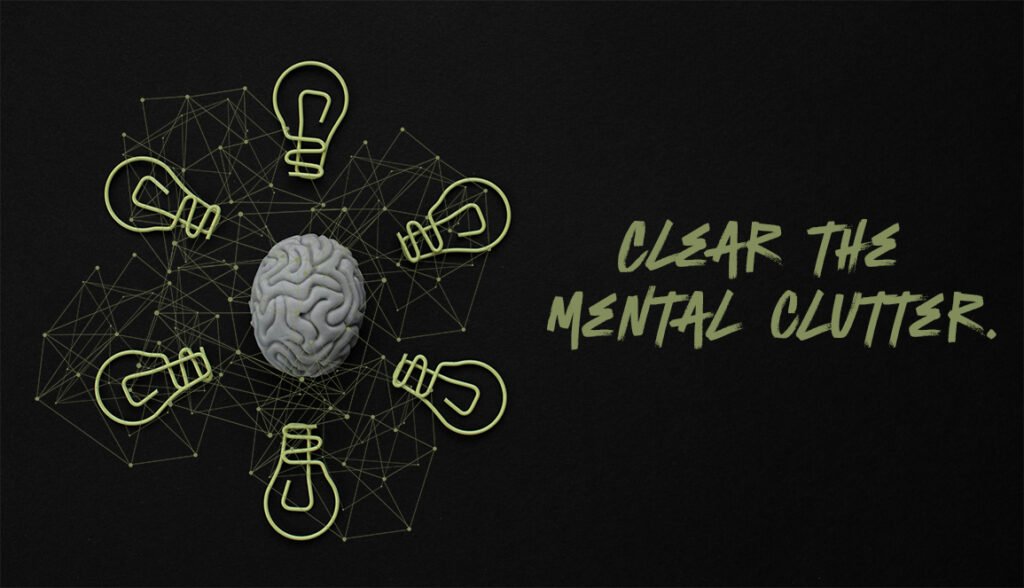Let’s be real: most people’s fitness goals last about as long as a New Year’s resolution. Six months in, and they’re back to square one with an unused gym membership and a shelf full of protein powder. Why? Because traditional fitness advice is like a bad script—predictable, repetitive, and not all that relatable. “Lose weight!” “Get healthy!” Yeah, okay, but what about goals that actually make life better?
This guide isn’t about turning you into a muscle machine. It’s about a practical, unbreakable fitness plan based on one surprising concept: self-care. And that’s not just a buzzword. It’s about genuinely enjoying the process and making fitness feel like something you actually want to do.
So, let’s flip the usual fitness routine on its head.
Find Your “Meaning” of Exercise (Because It Ain’t Just “Sweating”)
The first question to ask is: what does exercise even mean to you? For some people, it’s a chore, like doing taxes or washing dishes. For others, it’s a thrill, like jumping out of a plane. But either way, your personal history, the ridiculous messaging you’ve absorbed over the years, and what “exercise” looks like in your mind all come into play here.
- Exercise as a Chore vs. Joyride
If exercise feels like dragging a boulder uphill, chances are you won’t last. But if there’s some spark of fun or satisfaction, then hey, you’re already a step ahead. Don’t let your exercise life be ruled by what society told you: find a version of it that doesn’t feel like punishment. - Sorting Out Your “Wrong Whys”
Quick confession: most of us start out with “wrong whys.” Lose ten pounds, fit into those jeans, feel better about yourself… sound familiar? Yeah, they’re fine goals, but they’re shallow. And let’s face it: if your “why” is more about vanity than value, then it’s gonna fade faster than a TikTok trend.

Awareness of the Mental Junk in Your Fitness Trunk
We all carry beliefs and expectations about exercise—stuff like, “I should run five miles a day,” or “If I’m not sore, it doesn’t count.” But here’s the truth: half of these “rules” are as useful as an underwater toaster. They’re mental chains keeping you stuck in a loop of fitness frustration. Time to snip them.
- Invisible Chains
Picture this: you’ve set a workout schedule. You miss a day. Now, instead of getting back on track, you’re spiraling into a guilt trip. Why? Because of some invisible rulebook that says missing a day means failure. But the only rule that counts is consistency. Start seeing those beliefs as optional, not iron-clad. - Exorcising the Ghosts of Fitness Past
Got negative associations with exercise? Here’s a trick: write them down, look at them, and laugh. It sounds simple, maybe a bit cheesy, but it works. Once you see your hang-ups in black and white, they lose power.
Redefining “Exercise” – Because Yes, Everything Counts
Forget the old-school idea that exercise has to be grueling or lengthy to be effective. Modern fitness is about movement—any movement. Didn’t get in a 45-minute workout? Who cares. Did you get up, stretch, walk a little, lift a grocery bag? Guess what? That counts.
- Short Bursts of Movement
Here’s a revolutionary concept: short bursts work. Run up the stairs instead of taking the elevator. Do a quick stretch while waiting for your coffee. These tiny moments add up. They’re like pocket change you find in the couch, but for your health. - Look for the “Gifts” of Movement
Movement doesn’t have to come in a neatly packaged workout with a bow on top. It can be anything that gets your body engaged, even in subtle ways. When you walk to the store instead of driving or take the stairs just because, that’s a gift. Appreciate it.
Give Yourself Permission to Prioritize Self-Care
Most people treat self-care like dessert—something extra, maybe even indulgent. But here’s the kicker: it’s essential. If you don’t give yourself permission to take care of your own needs, no one else will. Self-care isn’t about being selfish; it’s about maintaining the machinery (that’s you!) so it doesn’t break down.
- Break Free from Limiting Beliefs
These beliefs are like those cheesy pop songs you can’t get out of your head. “Self-care is selfish.” “My family always comes first.” Who says? The reality is, if you’re running on empty, you’re not doing anyone any favors. You’re just one step closer to burnout. Toss those beliefs out like bad leftovers. - The “Pretend” Exercise
This is a mental exercise, so stay with me. Pretend you’re already living your self-care fantasy. Imagine your day if you made time for your own health and sanity. What would you do? Wake up earlier? Take a real lunch break? Try it for a day. You might be surprised how much better you feel.
Craft a Strategy You’ll Actually Stick To
Alright, now that we’ve sorted out the why and the permission, it’s time for the how. Here’s the thing: creating a sustainable fitness plan isn’t about hardcore, blood-sweat-and-tears routines. It’s about building something you actually want to keep doing.
- Learning Goals Over “Insta-Fitness” Goals
Forget trying to look like a fitness influencer. Set learning goals. Learn how to move every day. Learn how to keep yourself engaged. It’s about building skills that stick, not aiming for some airbrushed fantasy. - Focus on the Long Game
Think of fitness as a lifetime gig. Not a crash diet, not a quick fix. Build a program that grows with you. If it’s not something you could see yourself doing in five years, it’s probably too extreme. - One Change at a Time
Here’s a classic pitfall: trying to change everything at once. Going from zero to hero overnight is a fast track to burnout. Instead, pick one habit, nail it down, then move on to the next. Build a house of habits, one brick at a time.
Consistency Before Quantity
This one’s key. Start small and keep it regular. Aim for consistency first, then add more as you feel ready. You’re building a habit, not training for the Olympics. Once you’ve mastered consistency, then you can push for bigger goals.

Share the Wealth – Bring Others Into Your Fitness Philosophy
After you’ve put in the work to change your approach, you’ll realize that there’s something worth sharing here. Fitness isn’t a solitary journey (yes, I said it). There’s value in helping others break free from the same traps that had you stuck.
- Talk About Your “Why”
Tell people why you exercise now, beyond the superficial stuff. When people hear a deeper “why,” it resonates. You might just inspire them to look past their own surface-level goals and find something meaningful. - Be a Model, Not a Preacher
Nobody likes a lecture, and nobody needs you barking out advice. Just do your thing. Lead by example. When people see that you’re living your own philosophy and thriving, they’ll be intrigued. You’re not here to convert anyone—just to show that it’s possible.
Fitness Without the Hype
Look, changing your mindset and your habits around fitness isn’t a magic trick. It takes time, and it requires some real honesty with yourself. But here’s the good news: once you stop chasing trendy fitness fads and start building a plan that actually makes sense for your life, you’ll find yourself wanting to exercise. Not because you have to, but because it genuinely feels good.
The key to sustainable fitness isn’t hidden in a celebrity workout or a flashy new diet. It’s right in front of you: a simple, honest approach to self-care that prioritizes your mental and physical well-being.
